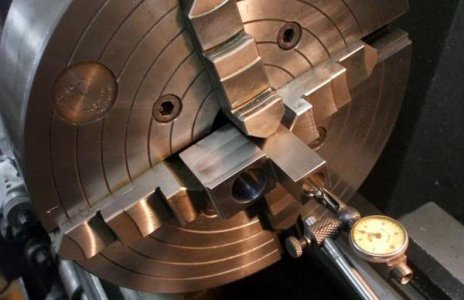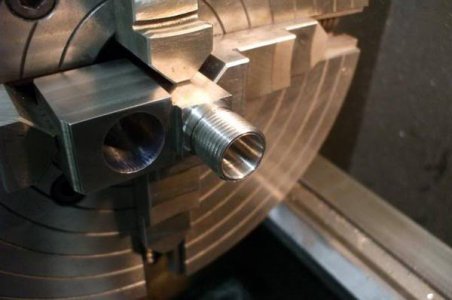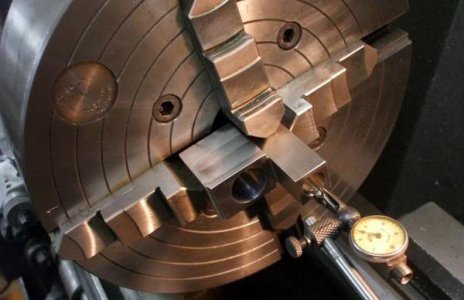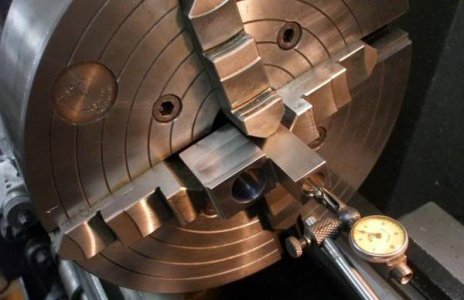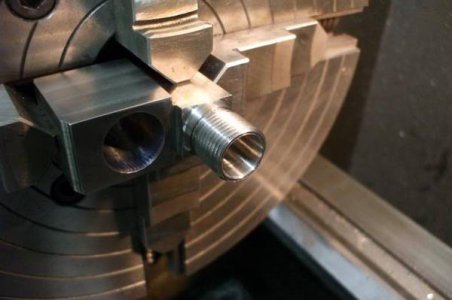- Joined
- Nov 4, 2014
- Messages
- 43
In all the videos I've been watching and all the posts and comments I've read I have not once seen or read about a six jaw chuck being used.
I currently have a six jaw chuck in my machine but have three and four jaw chucks on the shelf.
Can somebody elaborate on the different type chucks please. Are there benefits to having more jaws?
Thanks
Bill
I currently have a six jaw chuck in my machine but have three and four jaw chucks on the shelf.
Can somebody elaborate on the different type chucks please. Are there benefits to having more jaws?
Thanks
Bill


